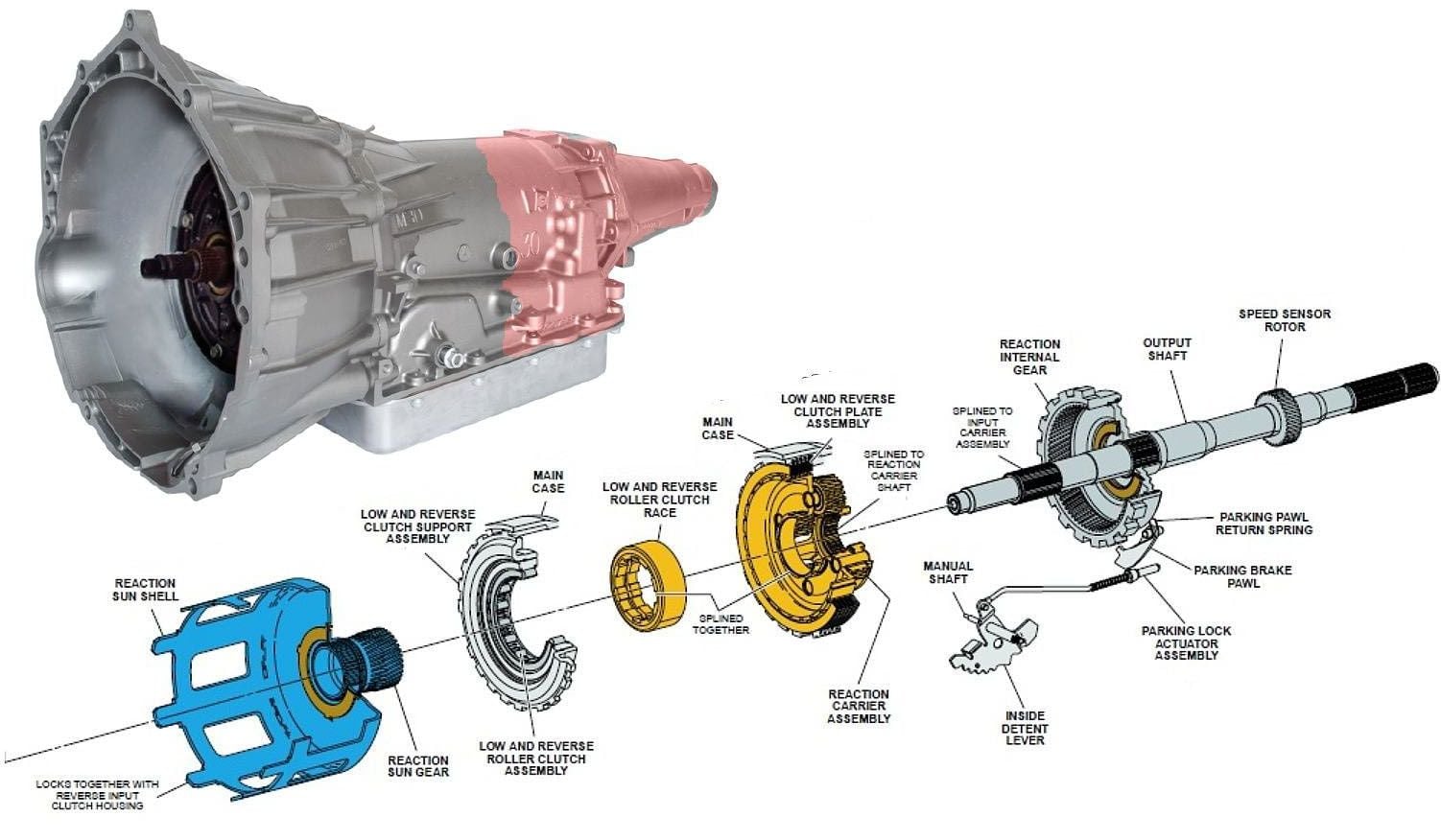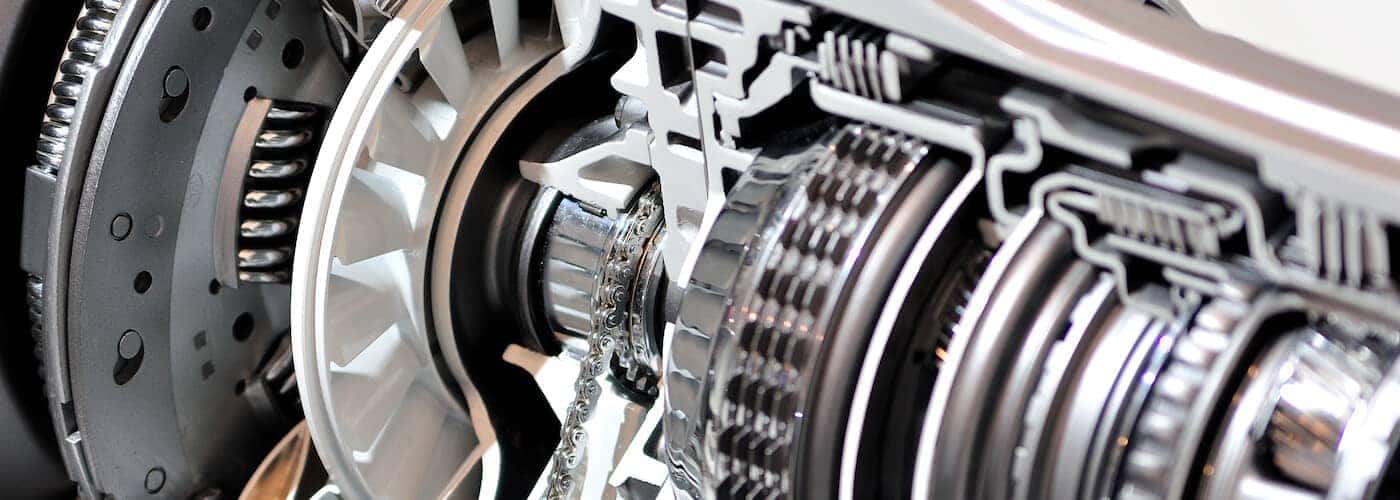
Slipping is another problem that can indicate something is wrong with your transmission. the reverse of delayed shifting occurs, then the accumulators are likely to blame. If the car suddenly jerks or slams into gear, i.e. Automatic transmissions also contain spring-loaded dampeners, called accumulators, which ensure that shifts happen gently. If the problem lies in the computer itself, then a reconfiguring of the computer is likely all that is necessary. If this is the case, these components of the transmission will likely need to be serviced or replaced. On newer cars, which control shifts using a computer, the problem could lie in the shift solenoids that are used to trigger shifts. If this doesn’t happen, there’s likely a problem developing.ĭelayed shifting is often caused by valves sticking the valve body, which prevents shifts from happening when they should. The transmission should engage almost immediately after a gear is selected. This will be most noticeable when the car has just begun to run, so if you want to check for transmission problems, the best time to do so would be right after you’ve started the engine and are ready to drive. a lag time between when you shift gears and when the car actually starts moving, can also indicate a problem with the transmission. If the pump isn’t maintaining fluid pressure, then the complex hydraulic system that powers the transmission won’t function.ĭelayed engagement, i.e. If you’ve never had your transmission’s filter replaced, have your mechanic do so the next time your car is serviced.


If you notice red fluid leaking from your car or on your engine, then a leak is most likely present in your transmission.Ī clogged filter could also keep a transmission from functioning properly. Note that automatic transmission fluid is usually a deep red color, unlike engine oil, which is a light brown. If this problem occurs repeatedly, it’s likely that there’s a leak in the system that will need to be repaired by a professional. You may need to add extra fluid if the level is too low.
#1999 chevrolet transmission reverse problems how to
For step-by-step instructions on how to do this, see my previous entry on engine maintenance. If the transmission won’t go at all (or if shifts aren’t smooth), your best bet is to check the transmission fluid. Vehicle tries to move while in park or neutral.“Slipping” occurs when the car is in gear.Shifts are delayed or uneven (jerky or too sudden).

Unlike an engine, which can exhibit any number of odd symptoms when a problem occurs, an ailing automatic transmission will generally display one of a handful of symptoms: AUTOMATIC TRANSMISSIONS: MAINTENANCE TIPS Posted on Octoby Defensive Driving | in Defensive Driving Tipsīefore reading this entry, you may want to check out my previous entry on how an automatic transmission works since this will provide some useful background information that will help you to understand how and why these transmissions can fail.


 0 kommentar(er)
0 kommentar(er)
